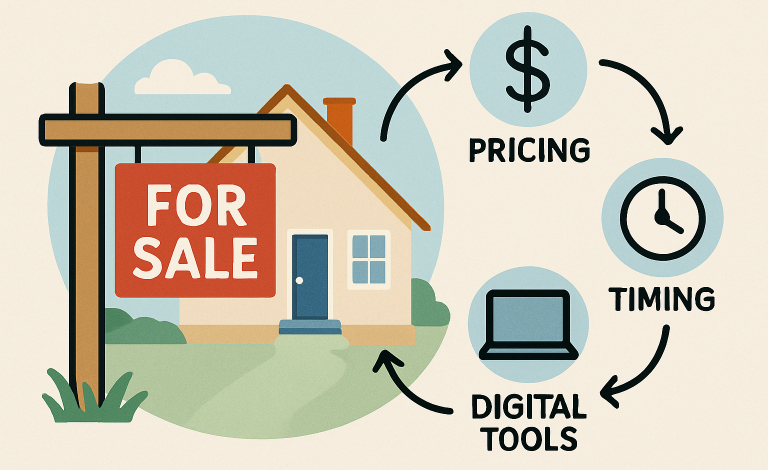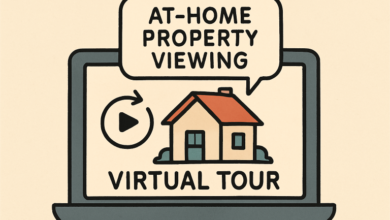How Real Estate Trends Are Shaping Home Selling Decisions in Today’s Market

Adapting to a Changing Real Estate Market
Proactive decision-making is crucial for sellers to stand out, and monitoring local inventory, sales, and obstacles can help sell faster and more profitably. Flexibility in presentation, pricing, and timeline can attract swift offers.
The fast, unpredictable real estate market demands sellers be more adaptable, considering factors like mortgage rate fluctuations, remote work trends, and buyer priorities in each deal. Sellers interested in customizing their approach for faster transactions often leverage specialized services that buy houses directly from homeowners, offering a streamlined path to selling even in uncertain markets.
Why Buyer Behavior Keeps Changing
Today’s homebuyers are cautious and use online resources to research properties. They expect clarity, transparency, and quick responses from sellers. Success relies on proactive information sharing, reliable details, documentation, and honesty.
For those interested in maximizing reach and attracting local attention, opting to sell local can connect motivated sellers directly with buyers seeking opportunities in their immediate communities. This approach often shortens time on market and provides more control over transaction terms.
How Interest Rates Influence Home Sales
Interest rates greatly influence home sales. When rates rise, monthly payments increase, reducing buyer purchasing power and slowing sales. Sellers may face longer listings and negotiations. Lower mortgage rates can boost demand, leading to bidding wars and higher prices. Sellers should monitor mortgage news to time their listings and adapt strategies.
Digital Tools that Help Sellers Succeed
Technology has transformed home-selling, enabling sellers to use virtual tours, interactive floor plans, and videos to reach out-of-town buyers and locals. Digital marketing like social media ads, 3D visuals, and neighborhood guides expand reach and boost visibility. These platforms improve home exposure and build buyer confidence with detailed information before showings.
The New Normal: Safety, Cleanliness, and Convenience
Recent global events have shifted buyer priorities toward health and convenience. “Contactless” showings, sanitation, and flexible viewing are expected. Sellers should prepare homes for quick showings, using digital lockboxes, remote tours, and no-touch closings. This shows respect for safety and broadens potential buyers.
Common Seller Challenges and Creative Solutions
Selling a home involves many obstacles, from inspection issues to financing hurdles. Sellers can reduce delays by setting clear expectations, keeping thorough documentation, and communicating proactively. Offering incentives, such as covering part of closing costs or providing warranties, can strengthen deals. Staying flexible with timelines and considering early repairs or pre-sale inspections helps avoid common negotiations, especially in competitive markets.
Glimpse Into Future Trends
The future of real estate involves AI, real-time analytics, and personalized experiences for buyers and sellers. AI-driven property evaluations are now common, offering sellers insights into market value and listing times. Virtual reality showings, blockchain transactions, and AI marketing tools are emerging, shaping future home buying and selling.
Conclusion
Selling a home in today’s fast-paced, data-driven marketplace requires adaptability, resourcefulness, and a willingness to embrace change. By staying informed of local and national trends, leveraging the latest digital tools, and building strong, transparent relationships with buyers, sellers can position themselves for lasting success—no matter how the market evolves.




